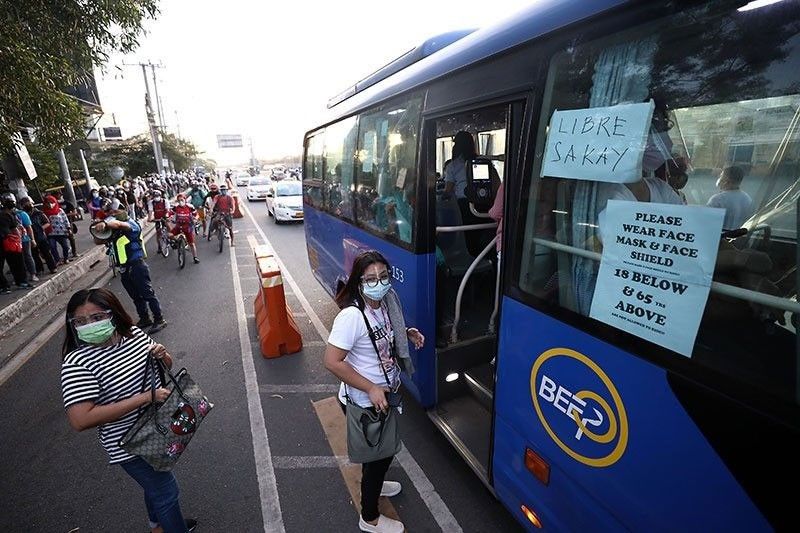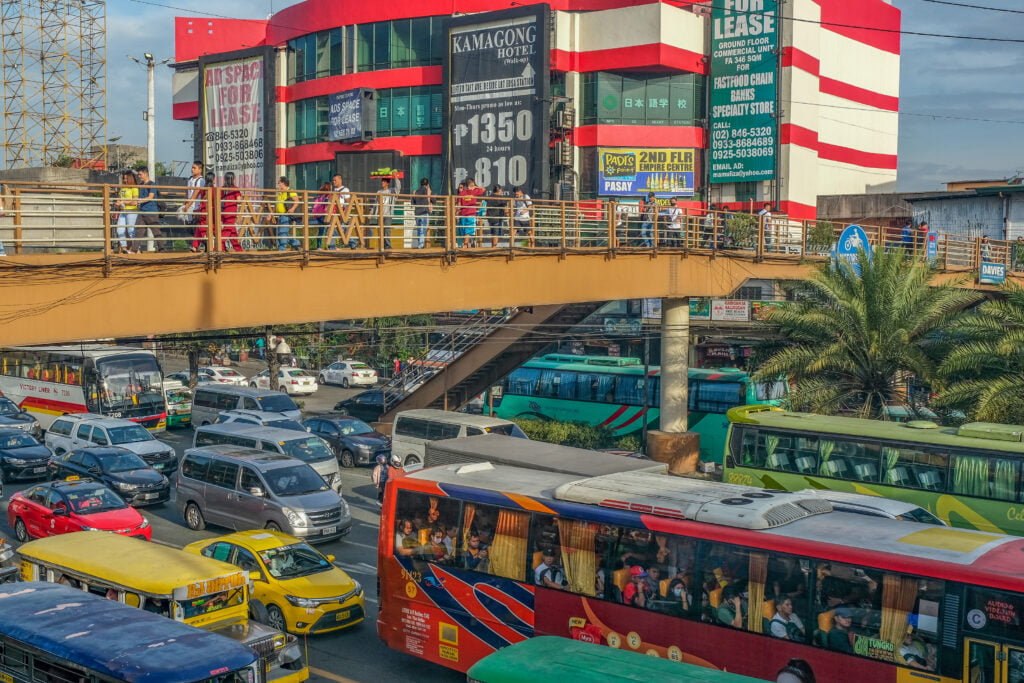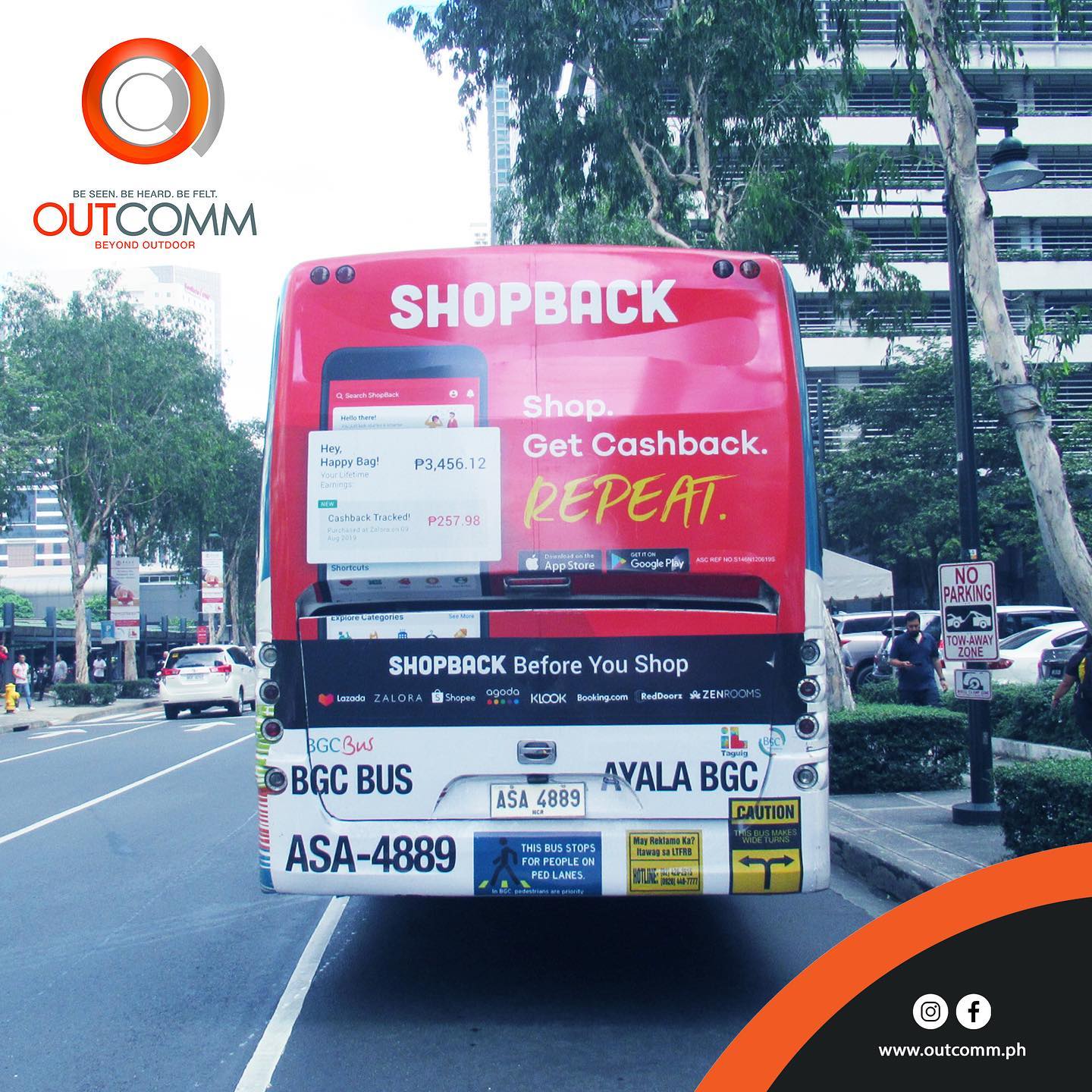Exactly How Transit Marketing Can Transform Mass Transit Spaces Into Dynamic Advertising Operatings Systems
Transportation advertising and marketing holds significant potential to redefine public transportation areas right into vivid advertising platforms that engage and inform. As we explore the multifaceted benefits and progressing methods of transportation advertising and marketing, it elevates the inquiry of just how this transformation could redefine our communications with both brand names and the urban environment.
Advantages of Transportation Advertising And Marketing

Furthermore, transportation marketing is very economical contrasted to standard media. It permits advertisers to accomplish high impressions at reduced costs, maximizing roi. The captive target market of commuters gives a chance for brands to communicate their messages to individuals that are typically receptive throughout their travel times.
Furthermore, the vibrant nature of transit advertising and marketing allows projects to be updated often, ensuring that messaging continues to be timely and pertinent. This adaptability can be vital in responding to market patterns or promotional events, keeping the brand top-of-mind for customers. Last but not least, the pervasive existence of transportation advertising and marketing adds to brand name recall; repeated direct exposure within familiar travel contexts enhances brand understanding and fosters consumer loyalty, inevitably improving and driving sales brand name credibility.
Kinds of Transportation Advertising
Public transport systems provide different styles for advertising and marketing, each dealing with different advertising approaches and target market engagement methods. One famous kind is outside bus and train covers, which cover the whole lorry and develop a mobile billboard effect, permitting high exposure in metropolitan atmospheres. These covers can record attention as they traverse busy streets, reaching a diverse audience.
An additional preferred layout is indoor advertising and marketing, which consists of posters, digital screens, and ads on transportation seats. These positionings involve travelers during their trip, enhancing brand name messaging in a restricted space. Digital displays, particularly, supply the benefit of dynamic content, making it possible for marketers to update messages in real-time.
Station advertising and marketing is additionally considerable, featuring posters, banners, and interactive stands within transportation stations. These advertisements take advantage of foot traffic and can target specific demographics based on area.
Finally, promotional collaborations with transit authorities can cause unique projects, such as themed transit experiences or events, boosting the general interaction with travelers. Each sort of transit advertising and marketing uses distinct advantages, enabling brand names to tailor their approach to efficiently reach their target market within the public transport community.
Involving Commuters Effectively
Travelers are progressively flooded with marketing messages during their day-to-day travels, making it essential for brands to involve them in innovative methods. To record attention in this congested room, advertisers must focus on creativity and relevance. Using appealing visuals and succinct messaging can considerably boost the likelihood of interaction.
Interactive components, such as QR codes or increased truth features, can also transform static ads into immersive experiences, fostering a much deeper connection with the audience. Brand names ought to concentrate on dealing with travelers' needs and rate of interests, tailoring messages to reverberate with their lifestyle, whether through promotions for local organizations or services designed to boost their commuting experience.
Moreover, timing plays an essential function; strategically positioning ads during peak travelling hours can take full advantage of presence and effect. Involving commuters successfully also entails leveraging social media combination, allowing passengers to share their promos or experiences directly from transit systems, thereby enhancing brand reach.
In significance, efficient involvement pivots on understanding the traveler trip and producing compelling, interactive, and appropriate marketing experiences top article that not only record interest but likewise drive action and loyalty. By doing so, brands can change public transport right into a vibrant marketing system that resonates with its audience.

Measuring Advertising Impact
Just how can brand names precisely evaluate the effectiveness of their ad campaign in transit settings? Measuring the impact of transit marketing calls for a diverse method that combines measurable and qualitative metrics. One widespread method is tracking involvement with mobile analytics, where brands can assess foot website traffic patterns and application communications before, during, and after projects.
Surveys can supply beneficial understandings into brand name recall and consumer sentiment, enabling brands to determine exactly how well their messages reverberate with commuters. In addition, checking social networks engagement relevant to particular projects can reveal changes in public perception and brand name discussion.

Furthermore, working together with transportation agencies can enhance dimension precision, as here they usually possess in-depth group information on ridership trends. By integrating these methods, brand names can create a comprehensive understanding of their advertising efficiency, making sure that their projects not just get to yet also impact their target audiences successfully.
Future Fads in Transportation Advertising And Marketing
A significant change is expected en route marketing as technical improvements and transforming customer actions improve the landscape. Transit Advertising Philippines. The assimilation of interactive media and electronic screens is expected to improve engagement, allowing brands to deliver dynamic web content that reverberates with diverse audiences. As mass transit systems embrace clever modern technology, marketers will certainly take advantage of real-time data analytics to tailor messages based upon guest demographics and habits
Furthermore, enhanced reality (AR) is positioned to change the method commuters interact with promotions. By giving immersive experiences, AR can change a mundane trip right into an appealing narrative that records focus and cultivates brand commitment. This technology will likely motivate advertisers to develop more experiential campaigns that drive customer interaction.
Sustainability is an additional important pattern affecting transportation advertising and marketing. As ecological awareness grows, brand names will progressively seek to straighten with environment-friendly methods, making use of sustainable products and promoting green efforts within their campaigns.
Verdict
To conclude, transit advertising and marketing offers substantial advantages by boosting brand name visibility and engaging a captive target market. Via various styles, such as outside wraps and digital displays, it changes public transportation into a dynamic marketing platform. Reliable engagement techniques and robust dimension techniques additionally magnify its impact. As patterns evolve, the capacity for cutting-edge communications between commuters and brands is poised to expand, ensuring that transit marketing continues to be an important element of modern-day marketing techniques.
Transportation advertising and marketing holds substantial possibility to redefine public transport rooms right into vivid advertising and marketing systems that involve and notify. The prevalent presence of transportation advertising adds to brand recall; duplicated exposure within acquainted travel best site contexts strengthens brand name understanding and cultivates consumer commitment, ultimately enhancing and driving sales brand name credibility.
Just how can brands accurately analyze the performance of their marketing campaigns in transportation settings?In final thought, transportation marketing uses significant advantages by improving brand name exposure and engaging a restricted audience. Transit Advertising Philippines. As trends progress, the possibility for innovative interactions in between brands and travelers is positioned to grow, making certain that transit advertising stays an important part of contemporary marketing methods